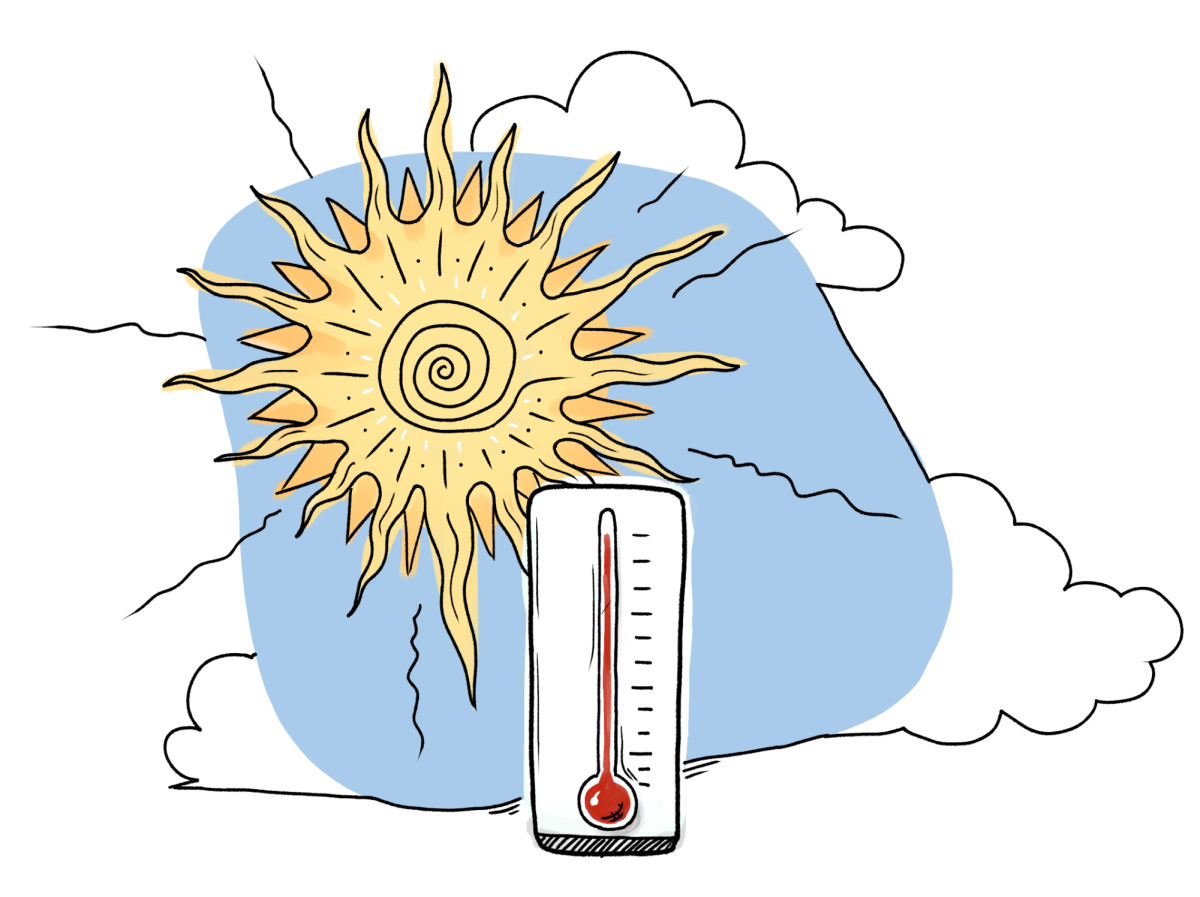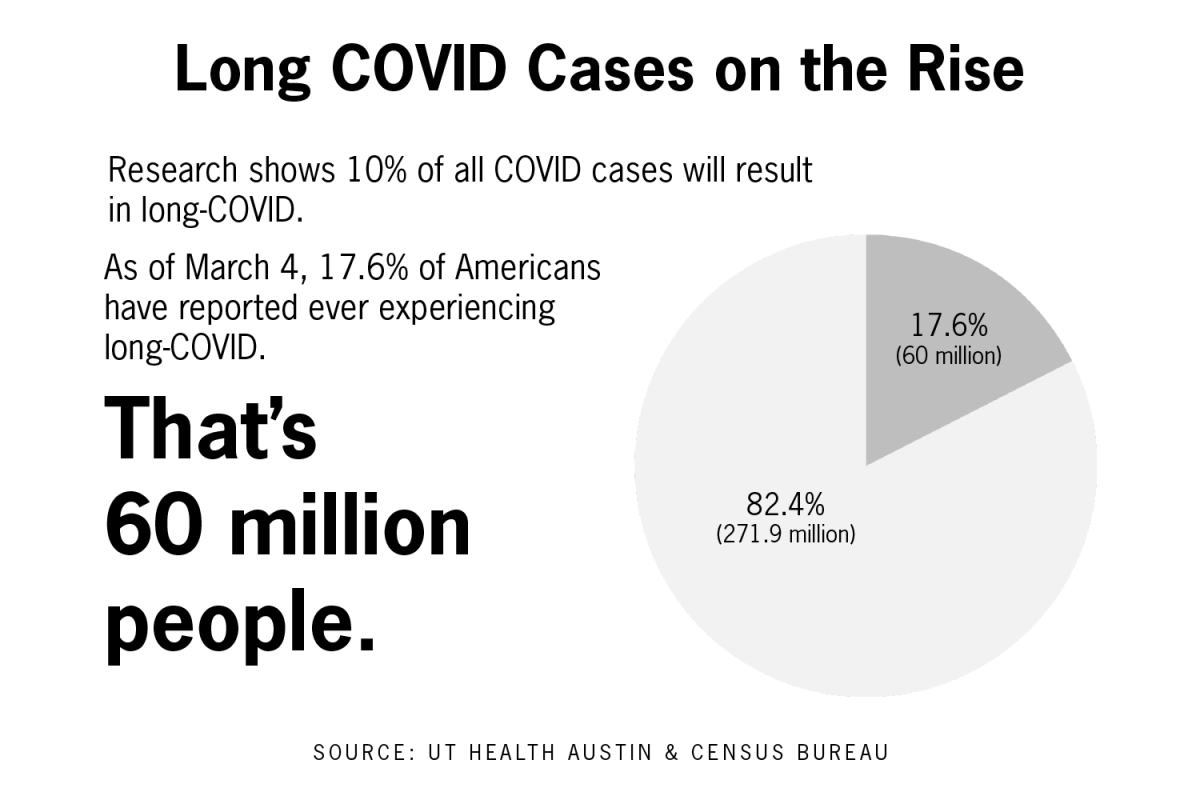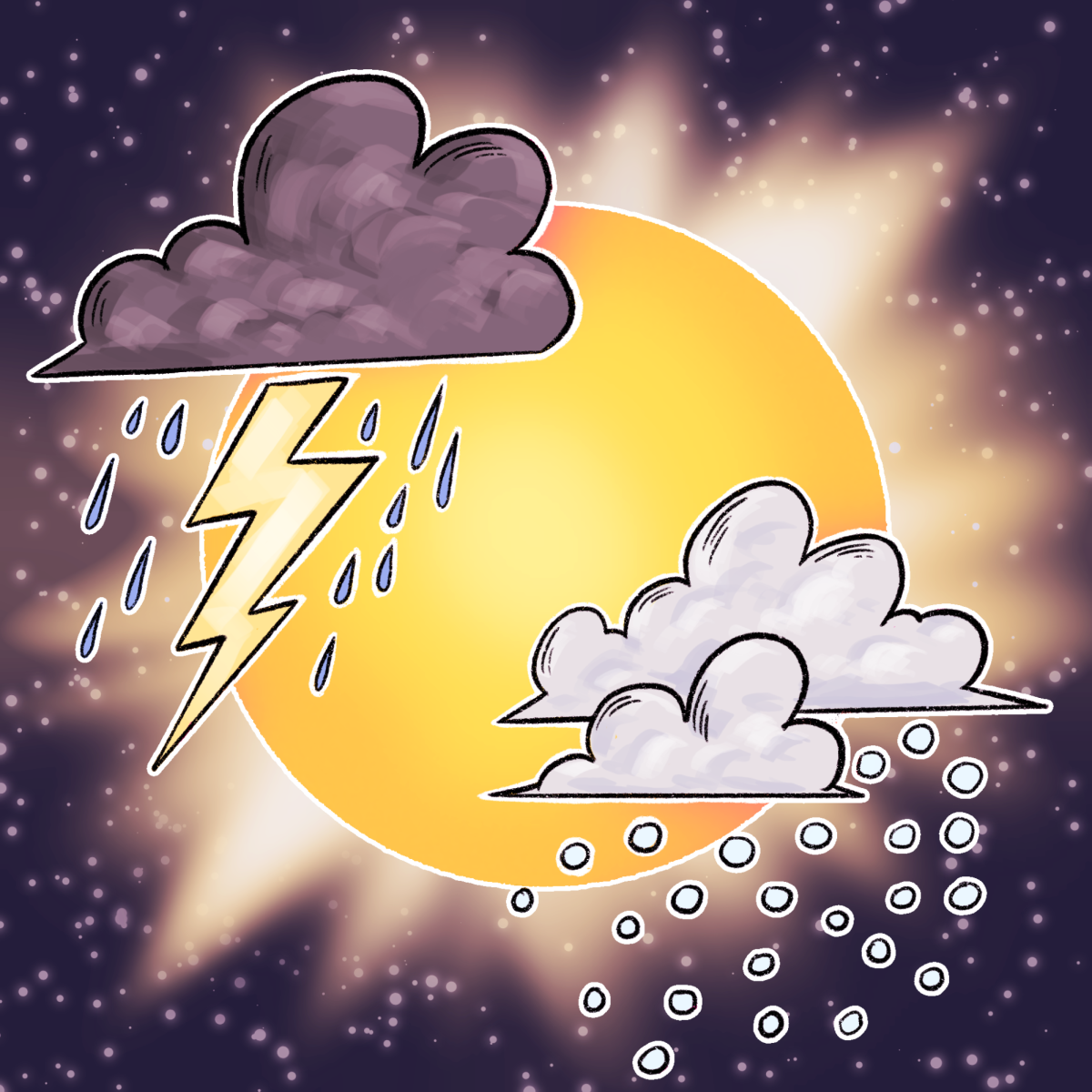Content warning: This story contains mentions of child abuse
Child maltreatment increases with higher temperatures influenced by research connecting heat exposure with aggressive behavior and weak decision-making, according to a UT researcher and her co-authors.
“Because child maltreatment is an outcome that requires both careful decision-making but also could involve aggressive behavior, I thought this might be a space where there is an impact that we haven’t uncovered yet,” public health professor Mary Evans said.
Child maltreatment is a broad umbrella term used to describe many forms of adverse outcomes, including physical abuse, sexual abuse and neglect, Evans said.
“It’s basically a situation where there is a parent or caregiver who is in a custodial role (and) who is negligent in their behavior (in) some way in caring for a child,” Evans said.
Evans and her co-authors used data from the National Child Abuse and Neglect Data System covering 2006-2016 along with temperature data to determine a relationship between increasing temperatures and child maltreatment.
“We were really interested in trying to understand how temperature would affect interactions between carers and children and affect the welfare of children in the context of climate change and increasing temperatures,” said Ludovica Gazze, research co-author and associate professor of economics at the University of Warwick.
Evans said she, Gazze and their third co-author Jessamyn Schaller, associate professor of economics at Claremont McKenna College, looked at allegations and substantiated instances of physical abuse, sexual abuse and neglect. Evans said they found increases in both allegations of and substantiated maltreatment when temperatures were very high compared to when they were moderate.
“We didn’t find strong evidence of physical abuse or sexual abuse being sensitive to temperatures, but neglect was the most temperature-sensitive,” Evans said. “And neglect is by far the most common type of maltreatment — something like 60% or more of cases are neglect.”
The impact of exposure to heat on decision-making could explain these results, and neglect in particular could be more common in hotter temperatures because adults and caretakers may be distracted, Gazze said.
Additionally, Evans said temperature conditions can change whether an action is considered maltreatment or not. For example, Evans said heat creates dangerous conditions for a child left in a car, even for a short time.
“(High) temperatures make some types of inattentive parenting more dangerous, … whereas that same behavior at a lower temperature would not necessarily cause any risks to a child,” Evans said.
Evans said the results persist regardless of the presence of air conditioning, which is consistent with other research analyzing the relationship between heat exposure and mental health outcomes.
As temperatures rise due to climate change, more areas will start to experience periods of unusually high temperatures, Evans said. Using climate change models, Evans said her research results suggest about a 13% uptick in maltreatment over the current average.
“I would call it a big and worrying number,” Gazze said. “(It’s) definitely something that we should take into account as we’re thinking about consequences of climate change.”















